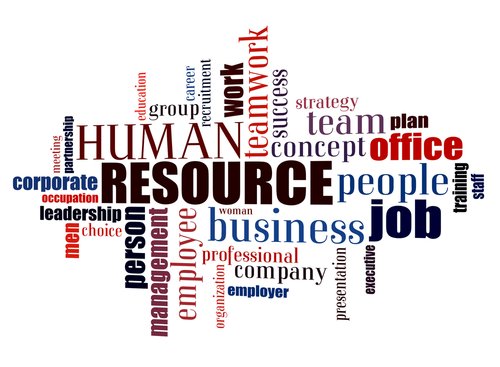Professional Employer Organizations and What do You Need to Know About Them?
BACKGOUND –
The above title is a legitimate question. And it gets asked frequently. Often the answers given
are not always fact based, resulting in a variety of ‘inputs’ that are not helpful.
The purpose of this article is:
- to share information about PEOs in order to dispel opinions that are not fact based
- to provide information that enables businesses to make a sound decision when considering partnering with a PEO
All businesses are identical in that they exist to provide attractive services and/or products to a
base of clients or customers. In other words, that is the company’s raison d’etre – its reason for
being.
This is true whether the company is a sole proprietorship, a partnership, a LLC, a S Corporation
or a C corporation. The only reason it exists is because of the service/product, client/customer
linkage. If that linkage cannot be established, there is no company.
Companies range in size from the smallest of sole proprietorships who singularly sell a product
or service to a few customers, to the largest that employ a great number of employees, and that
service a worldwide customer base. The largest being Wal-Mart. Wal-Mart has more than 2
million employees working in 11,501 stores worldwide, while generating $520 billion in annual
revenue.
SIZE DOESN’T MATTER –
What many business owners fail to understand is whether the company is one with two
employees selling one product online to a few customers or is Wal-Mart, they share many of the
same overhead requirements.
The only difference between those two companies from a reporting perspective is the amount,
complexity, and number/location of overhead reporting requirements.
A two employee company sells its products only within the city the employees live in. Its
overhead requirements are minimal, relatively speaking.
By contrast, Wal-Mart has overhead reporting obligations by its stores in 27 countries and with
its eCommerce websites in 10 countries. 700,000 of its employees live in the 26 non US
countries. It’s almost impossible to comprehend the complexity of the regulatory and overhead
issues Wal-Mart has to deal with.
In addition to those two size extremes, according to the SBA Office of Advocacy, there are 27.9
million small businesses in the US. Only 18,500 of those businesses have 500 or more
employees. What remains is a large number of US businesses that have local, state and federal
reporting requirements. The problem is, many of those companies are ill equipped from both a
head count and skill set perspective to deal effectively with those reporting requirements.
Unfortunately, small size does not provide a release from a company’s reporting obligations.
REPORTING ISSUES AND OPPORTUNITY COST –
Most small and medium sized companies don’t have an individual with the available time or the
skills required to effectively handle the various reporting functions the company is responsible
for. What happens is much of what needs to be reported never is, or filings are late, or filings
are inaccurate. Those outcomes are not beneficial to the company.
Further, the reporting function and its collateral activities rob the company of the time the
individual could be productive serving a real need, like customer service.
Remember the days when we were teenagers and washed cars, had paper routes, cut grass
and shoveled snow (well some of us shoveled snow!)? We did the work and got paid. If we did a
good job, we usually had the opportunity to get more work. We did the work, we didn’t spend
time filling out papers for regulatory agencies.
That’s what companies are born for. To do the work and service their clients/customers. In our
economy there are volumes of regulations at the local, state and federal levels. The regulations
are in play to level the playing field, to ferret out bad actors, and to capture information that is
necessary for the execution of certain programs.
Regulations and reporting requirements are here to stay, are essential, and are legally binding.
SO, WHAT DO WE DO? –
Fortunately, help is available!!
Professional Employer Organizations (PEOs) also have a raison d’etre – to assist companies by
assuming broad responsibilities for, at a minimum, a company’s payroll and Human Resources
(HR) functions. Assuming those time and personnel draining functions allow companies to focus
more intently on the business of the business – innovating and servicing its clients/customers.
In many PEO/company relationships, the PEO will be liable for both the work to be done and the
legal liability for any wrongdoing.
A co-employment relationship is established when both parties sign a contract that defines the
responsibility of the company and the PEO. The company maintains complete ownership and
operating control of its business.
www.napeo.org, the National Association of PEOs, is a fabulous resource for companies that
are considering a PEO relationship, or who would like to gather more information about how the
process works. It describes the PEO process in detail, and also includes an Inc magazine study
that demonstrates the benefits a company receives when it partners with a PEO.
It’s very hard to find a legitimate downside to the PEO model for companies with 5 to several
hundred or more employees. The PEO has expertise in each of the functions it assumes
responsibilities for. Small to medium businesses simply can’t match that level of expertise.
A final note. For a company that wants to explore the PEO option, make sure those you choose
to evaluate are designated as CERTIFIED. Certification further lowers the company’s risk.
© Business Development Associates, Inc. May 15, 2020

